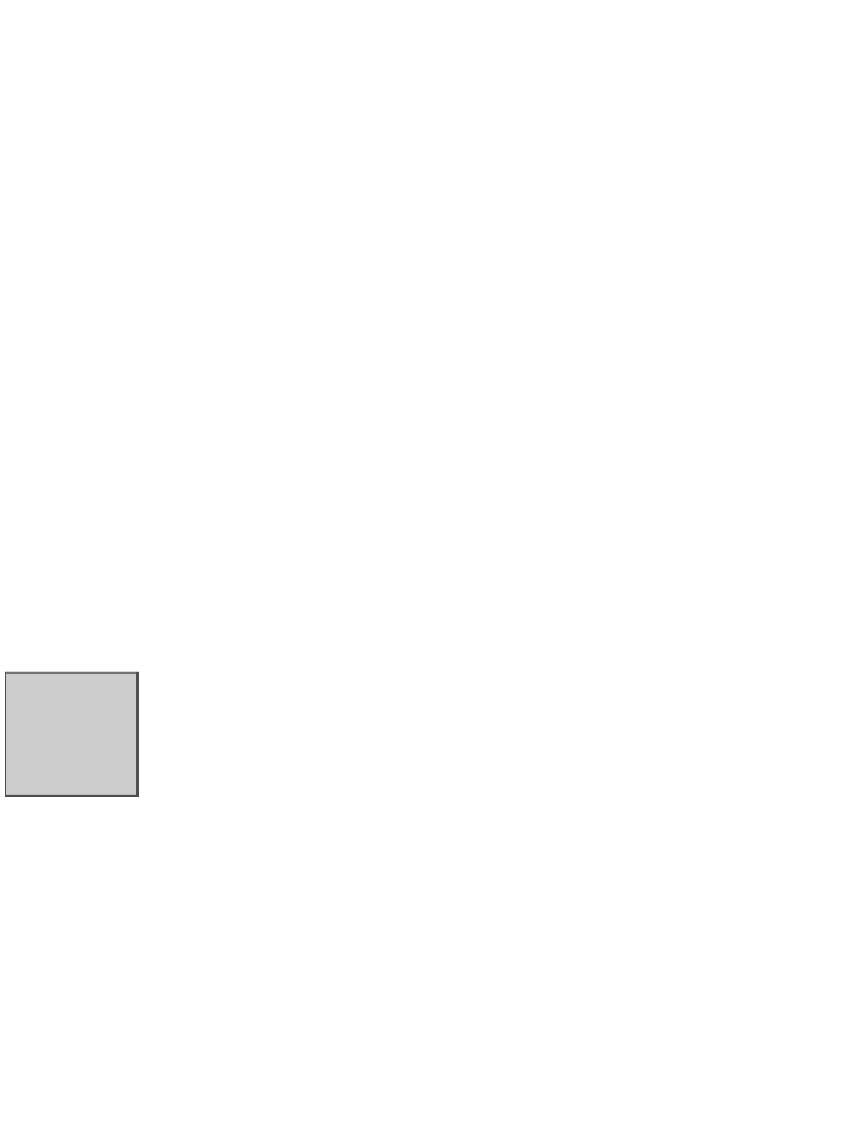Java Reference
In-Depth Information
Each of the calls
cp.add(…)
in the constructor places a component (the first
argument of the call) in one of these five areas; the second argument, a constant
of class
BorderLayout
, says where to put it. The diagram below shows the five
areas of the content pane when using a
BorderLayout
manager.
.......NORTH.......
WEST CENTER EAST
.......SOUTH.......
The east contains a
JButton
(see Fig. 17.2). The argument of the call to the
JButton
constructor is the text to display on the button. Section 17.4 discusses
how to make your program respond to a button click.
In the south and west of the content pane are
JLabel
s, which are one-line
display areas for text strings and images. Again, the argument of the constructor
is the text to display.
JLabel
s do not respond to mouse clicks or other events.
In the north is a
JTextField
, which is a one-line area into which the user
can type. The constructor arguments are the initial text of the text field and the
approximate width of the text field, in characters.
In the center is a
JTextArea
, which is a multi-line typing area. The con-
structor arguments are the initial text of the text area, the number of lines to dis-
play, and the approximate width of the text field, in characters.
Discussion
Basically, that is all there is to placing components in a
JFrame
. You do not
have to add a component in each area. For example, if no component is placed
in the east, the east part takes up no room.
Method
pack
of the constructor causes the components in the window to be
resized to fit together, using the “preferred sizes” of the components. If
pack
is
not called, the sizes of the components are unpredictable.
Even in the packed version, the center text-area is much wider than ten char-
acters! This is because the north text field is so wide; the content pane is layed
out so that each component gets at least as much room as it requested.
In the next section, we describe most of the kinds of components that can be
placed in a
JFrame
.
Some older programs use the old class
Frame
of package
java.awt
instead
of
JFrame
. (Actually,
JFrame
is a subclass of
Frame
.) In a
Frame
, the compo-
nents are added to the
JFrame
, and not to its content pane, so local variable cp
and the prefix “
cp.
” on all calls to
add
would be removed.
Activity 17-1.2
shows what the
JFrame looks
like if it is not
packed.
17.2
Components
We give details about frequently used components, each of which is a subclass
of class
JComponent
. To learn how to “listen” to a component, for example, to
respond to a click of a mouse, see Sec. 17.4.

Search WWH ::

Custom Search